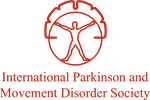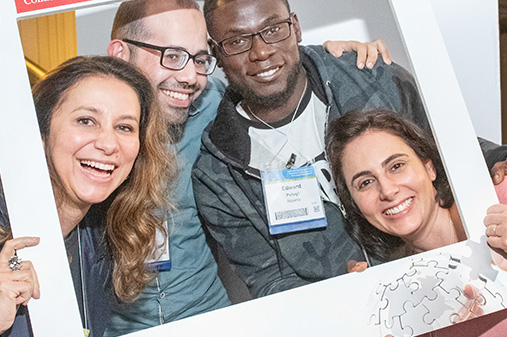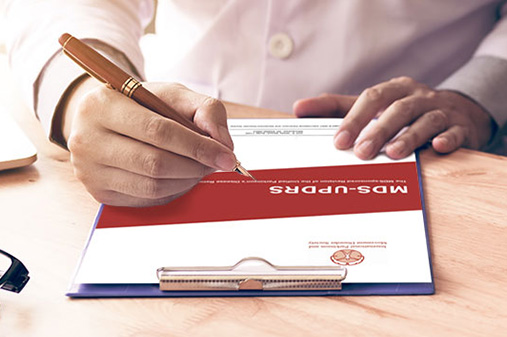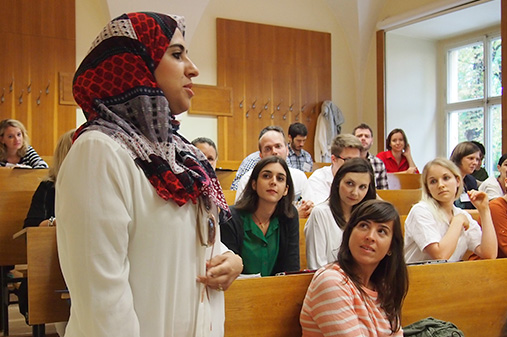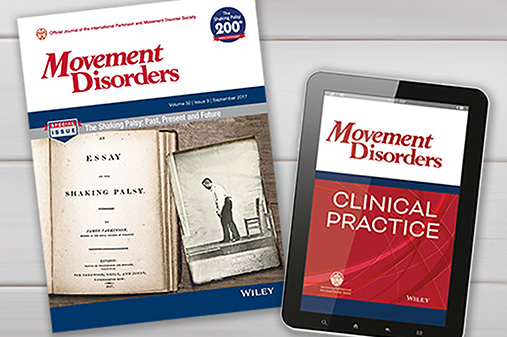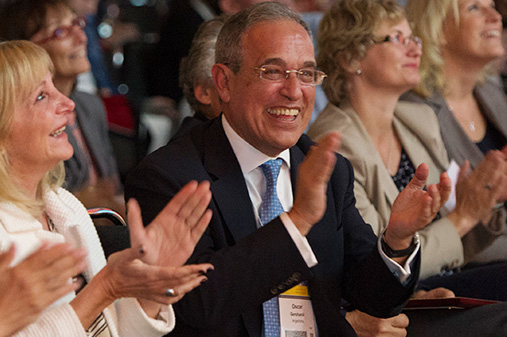 VOLUME 28, ISSUE 4 • DECEMBER 2024. Full issue »
VOLUME 28, ISSUE 4 • DECEMBER 2024. Full issue »

My contact with medicine and academia started early in life. My father, a professor at the medical school in my hometown (Maceió, Brazil), used to bring me to his activities even when I was just eight years old. Of course, at that time there was no internet and even the traditional media (newspapers, TVs and radio stations) were almost exclusively limited to local companies. This certainly created a sense of isolation that was not broken even by the surrounding Atlantic Ocean. However, Recife, 240km north of Maceió, had been the heart of the colonial economy, with strong connections with Europe and Africa because of the sugar production. My family settled down in this area during the brief Dutch period back in the XVIIth century. In addition to the awareness of the history, an event in the family life helped me to understand the vastitude of the world. In the late 1960s, my father did a two year post-doctorate training at Northwestern University in Chicago, IL, USA. On finishing high school, I had to decide which profession I would pursue. An avid reader, one of the options I entertained was to go to the School of Letters. The call for medicine triumphed: I entered medical school. The course was started in Recife but I finished it in Minas Gerais in 1986, a center where I was able to feed my interest in neuroscience.
In Belo Horizonte, I received a Master of Science title after studying the autonomic nervous system in an experimental model of Chaga’s disease under the supervision of Prof. Conceição Machado. Although I eventually did not pursue a career in basic science, she remained a life-long influence thanks to the unfailing support and her rigorous methodological approach to science with strict respect for high-quality data. Towards the end of the Master program, I became resident in neurology at the Federal University of Minas Gerais academic hospital. During the clinical training, I fell under the spell of two influential mentors, José Teotonio de Oliveira and Gilberto Belisário Campos. The former, a remarkable general neurologist, educated me on how to examine and diagnose patients with neurological conditions. Although Prof. Belisário was nearing the end of his academic career, he had a strong interest in movement disorders, doing something revolutionary at that time: videotaping patients with a big and heavy VHS camera that I was responsible for carrying around the service. This experience really made me decide to pursue a career in the subspecialty of Movement Disorders. Back in 1990, to work in a subarea of neurology was uncommon in Brazil. Inspired by my mentors in neurology who had trained in the USA, I applied for a movement disorders fellowship, being accepted at the Baylor College of Medicine. When I arrived in Houston, TX, in June of 1991, I had already become Assistant Professor at the Federal University of Minas Gerais. This implied that I had the legal obligation to return to Brazil. This was an important measure to fight the classical ‘brain drain phenomenon’ that afflicts many developing countries. Of course, it is tempting to settle down in an environment that is more conducive to personal development. Yet to come back can make a significant difference for the country one was born in. The two-year fellowship under the supervision of Joseph Jankovic was a highly profitable period. There was a significant load of clinical work, particularly in the second year, since the other fellow left after a few weeks. In retrospect, the training I received prepared me to face and overcome the challenges I would encounter when back in Brazil. It was during the Texan period that I became member of the International Parkinson and Movement Disorders Society (MDS).


In July of 1993, I was back in Belo Horizonte. Despite the fact that I received strong local support of my department colleagues and the direction of the academic hospital, the beginning was not easy. The Movement Disorders Unit had to be started from scratch. Initially I saw all patients on my own, but gradually the residents joined the group doing a mandatory rotation. Over the past 31 years, the group grew with the participation of one colleague from the Neurology Unit of the Internal Medicine Department (Sarah Camargos) and several neurologists of the Academic Hospital (Mauro Cunnigham, Débora Maia, Ricardo Maciel, Nina Rosa Murta, and Eduardo Roquim).

There is now a formal fellowship training program in conjunction with the Cognitive Unit headed by Prof. Paulo Caramelli. This has allowed us to train neurologists who are working not only in different areas of Brazil, but also in Argentina, Peru, Portugal, and the USA. Our research activities have focused on Sydenham’s chorea (SC), degenerative choreas (Huntington’s disease and HD phenocopies), epidemiology of parkinsonism and other movement disorders, as well as genetics of dystonia. Despite the decline of incidence, SC remains as the most common cause of acute chorea in children worldwide. Our studies have shed light on its immunology, clinical features, natural history, and management. Our group conducted the first community-based epidemiological study of Parkinson’s disease and other parkinsonisms in Brazil. We showed that drug-induced parkinsonism is nearly as frequent as PD in our cohort. After following up with several families from remote areas of Minas Gerais, in collaboration with Andre Singleton at the NIH, we identified the DYT16 gene. Later on, it has been shown that this is a relatively common cause of genetic dystonia in Brazil.
One of the local activities that I am proud of is teaching medical students. With the growth of prevalence of neurological disorders, there is a need for an increase of the number of neurologists. The neurology course has resulted in many of the students deciding to pursue a career in neurology. The focus of all my academic activities has been clinical care. In parallel with my local activities, my engagement with MDS grew: I chaired the then Membership Committee, became Secretary of the Society during Matt Stern’s Presidency, chaired the Pan-American Section and, finally, became MDS President during the 2021-2023 term. My presidency was still marked by the final stages of the COVID-19 pandemic. Along with my other Officers, Christopher Goetz (then chair of International Congress Oversight Committee), and the MDS Staff, we managed to bring back the in-person MDS International Congress, organizing a highly successful meeting in Madrid in 2022. That was a sweet moment of my presidency. Another goal of my term was to get back to the basics: clinical work. The rapid development of technology can be a welcome addition to medicine, but there is a real risk that it may trump the essential core of our profession: contact with people.
Reflecting on my 38-year career in medicine, I have come to a few conclusions. The role of mentors is of paramount importance. Several of them have already been mentioned above. I need, however, to add a couple of names who have had a pivotal influence on my life. One of them is Andrew Lees. If first met him rather accidentally in one of his visits to Brazil in 1994. Of course, I was fully aware of his scientific importance to our field. But even on that remote occasion, I was struck by his combination of scientific interest with devotion to patients and remarkable culture of humanities. His attitude has always helped me to remain faithful to my juvenile interest in literature and other arts. More recently, I had the privilege of being MDS President-Elect during Claudia Trenkwalder’s presidency. Those were two formative years that allowed me to take over the reins of the Society. One should not forget that her term was marked by the brunt of the COVID-19 pandemic. Unexpectedly and without any previous roadmap, she had to fully reinvent the functioning of the Society. Not only did she succeed in doing so, but this was done with serenity and grace. It was a masterclass lesson in leadership.


Another key issue that remains fundamental in my life is never ever let contact with patients become secondary in our professional lives. We should resist the allure of the siren song of technological advances trumping human clinical care. Of course, advances in imaging, genetics, biomarkers, digital tools, and so on are important, but they remain so as long as they help us to talk to patients, examine them, and help them. They cannot substitute for the human touch of clinical care.
Finally, not just Movement Disorders, neurology, and medicine, but all careers are full of hardships. The only way of dealing with them is to remain passionate about what we do. This may sound romantic or even naïve, but it is a pragmatic survival strategy.
Read more Moving Along:
